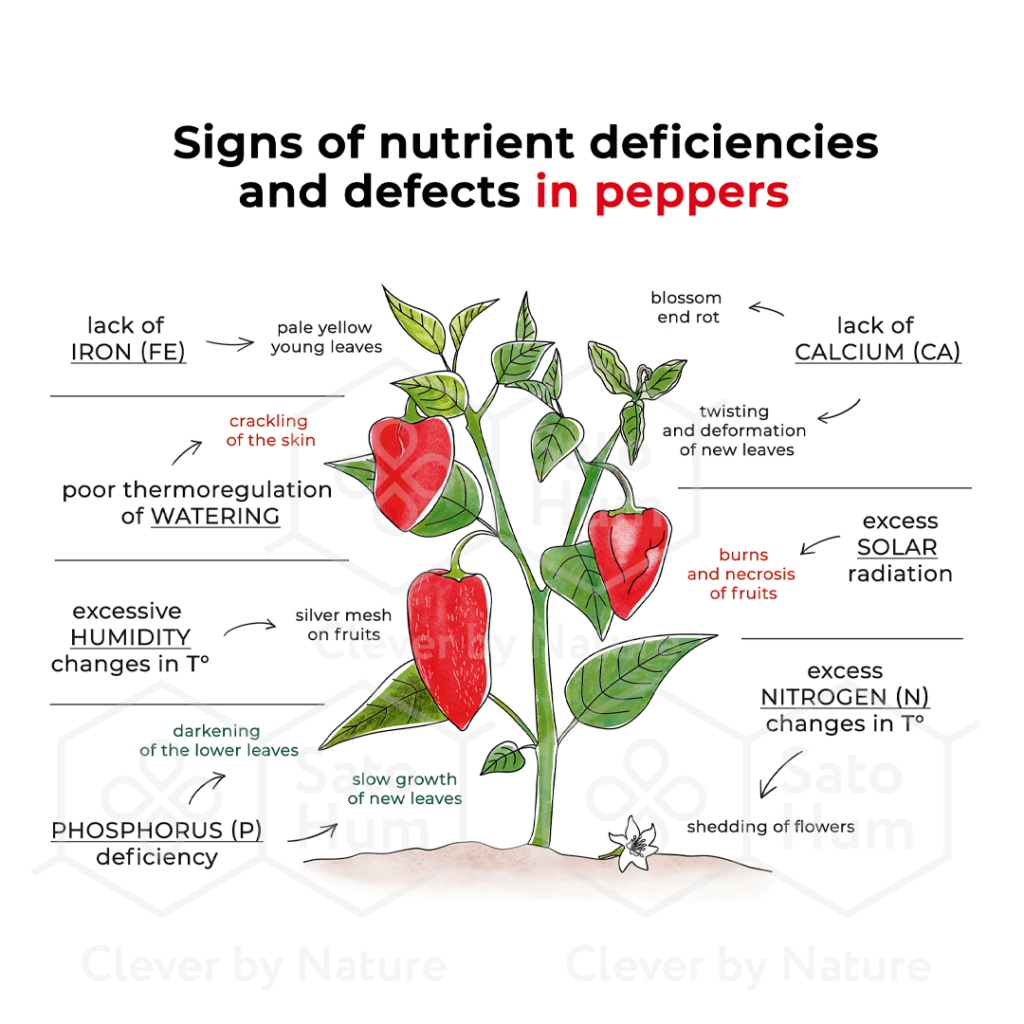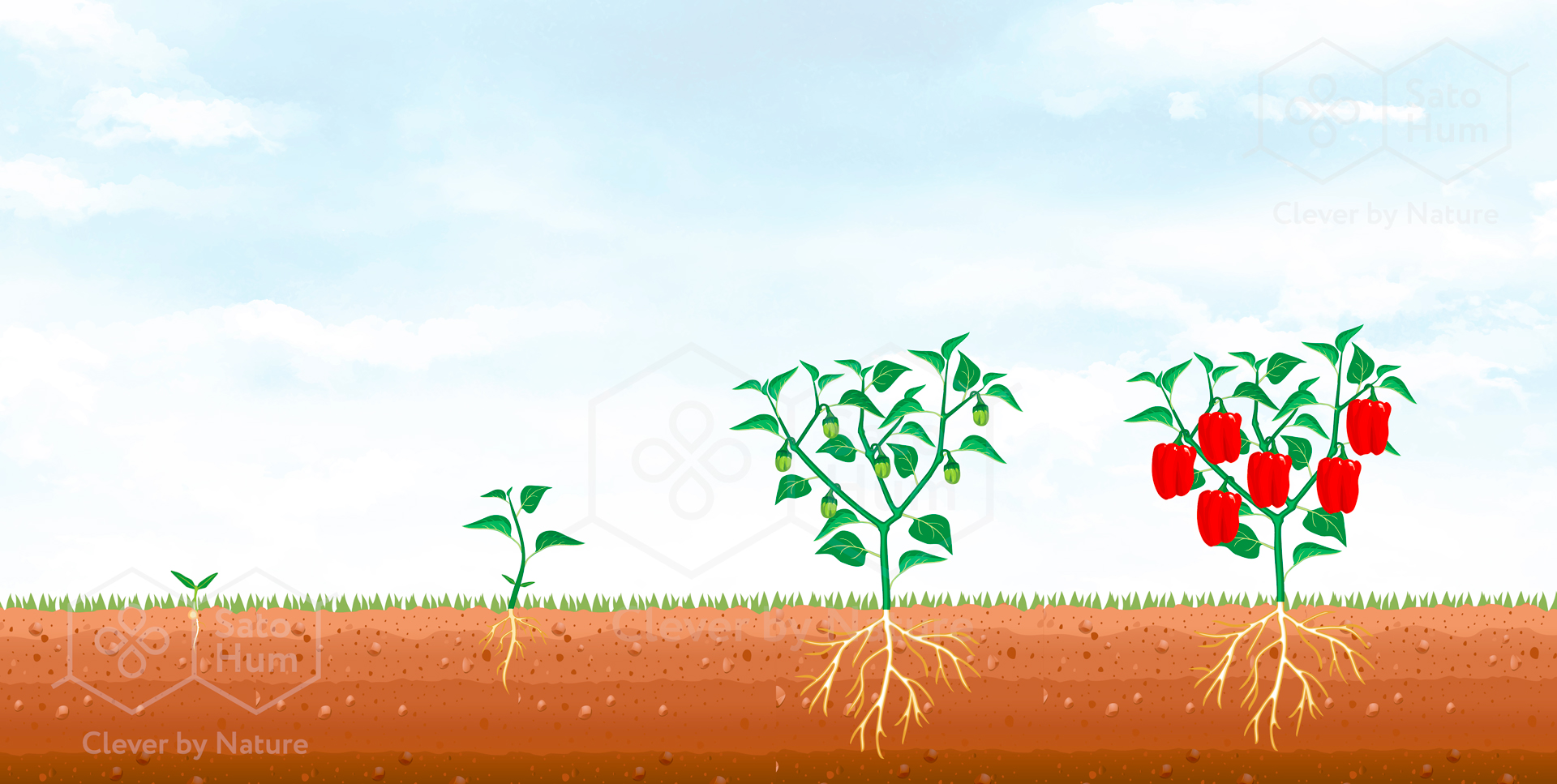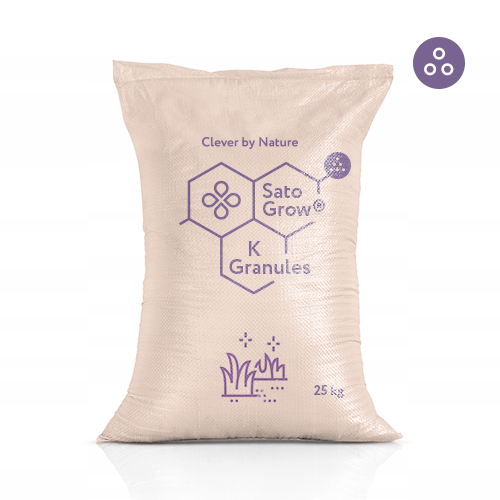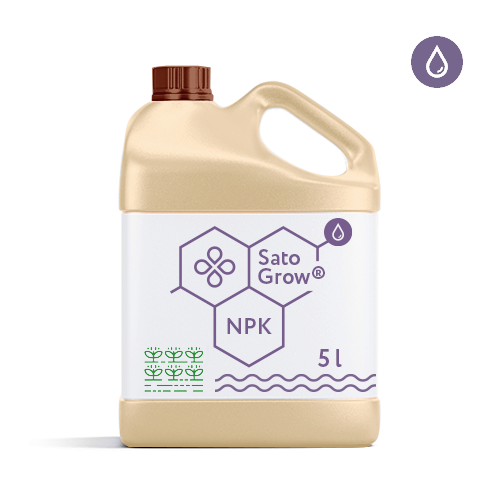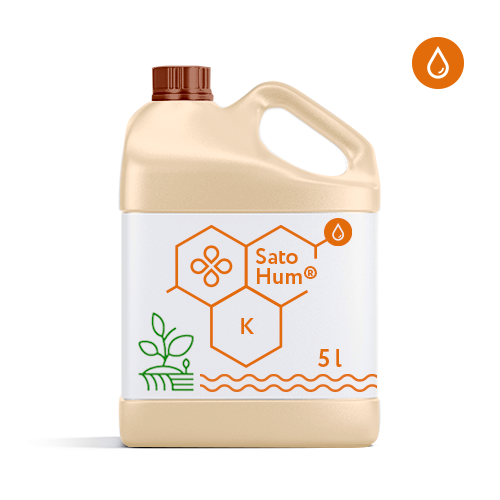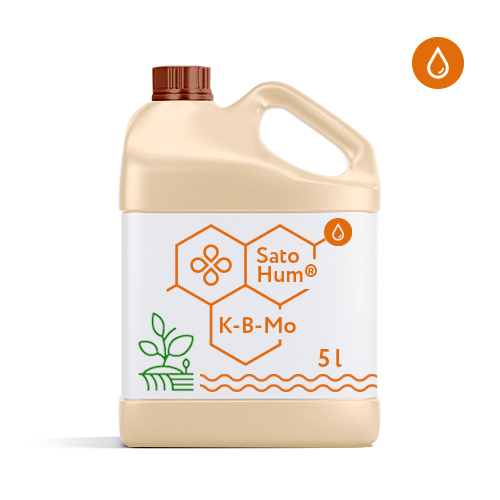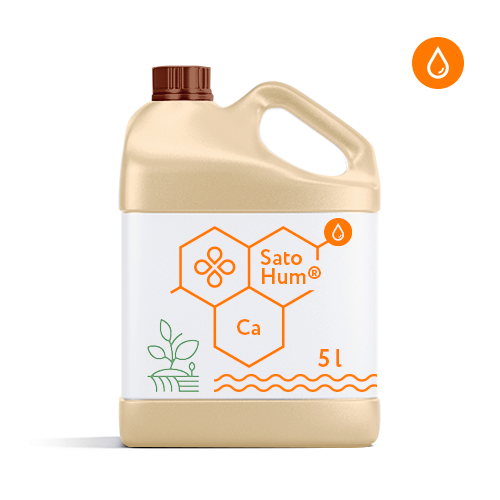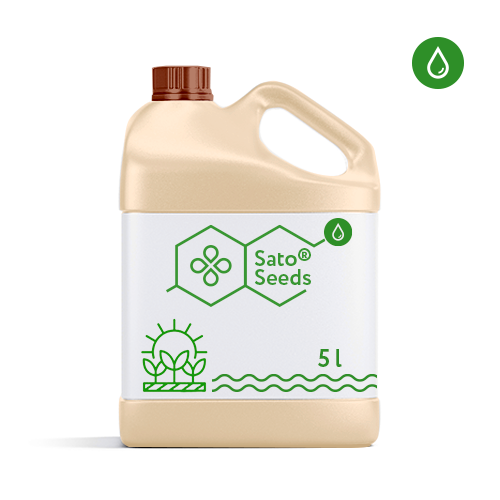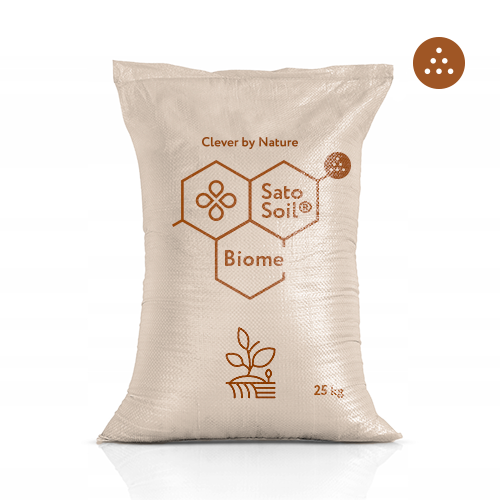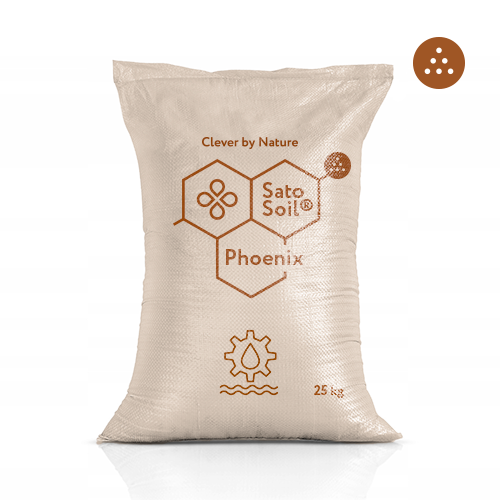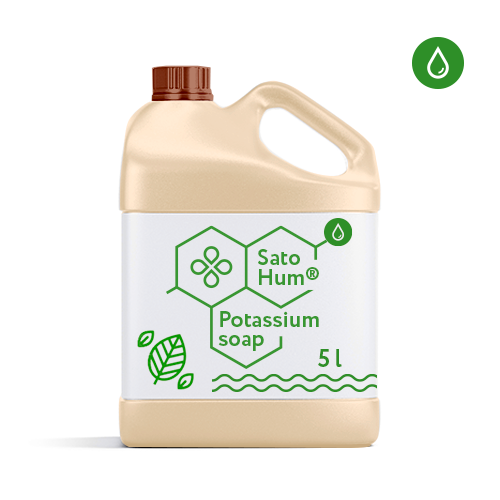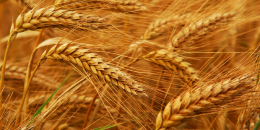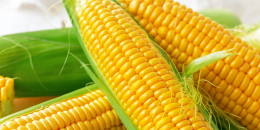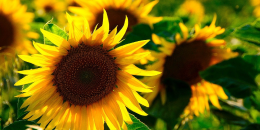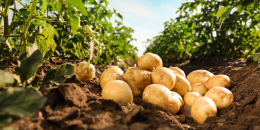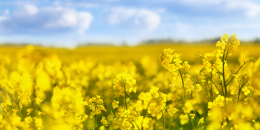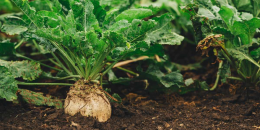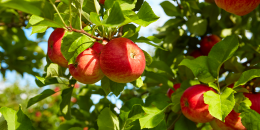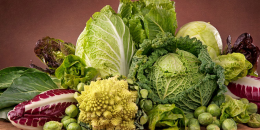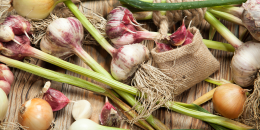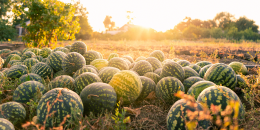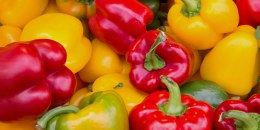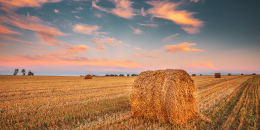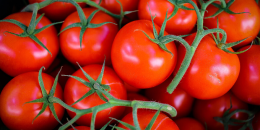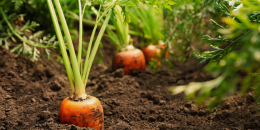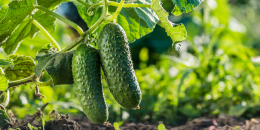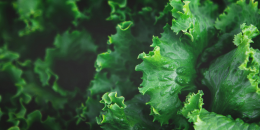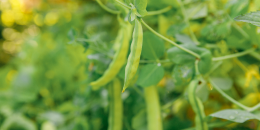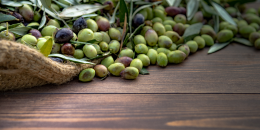All types of pepper – both sweet and hot – are heat-loving and light-loving crops, therefore, in regions with a cold climate, pepper is more often grown in greenhouses than in open ground. On open ground, it’s not recommended to grow pepper after other solanaceous. The seedling method of sowing is more popular.
Pepper
The introduction of SatoSoil® improvers, both during autumn plowing and immediately before planting seedlings, improves the mechanical structure of soils, prevents soil compaction, retains and redistributes moisture in the fertile layer. The addition of peat-sapropel soil improvers to greenhouse soils is also effective: the need for minerals diminishes, porosity increases, and the pathogenic environment from organic fertilizers is neutralized.
For germination of seedlings, for the treatment of seeds or sprouted seedlings, Sato® Seeds disinfectant is indicated.
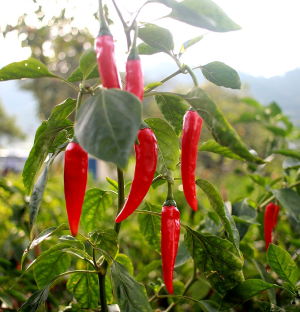
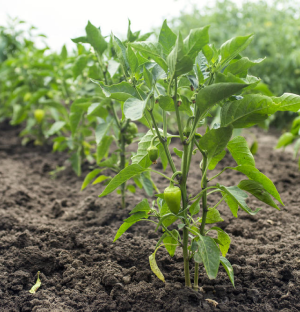
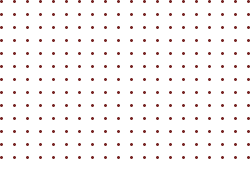
Peppers are susceptible to macro and micro nutrition throughout the growing cycle. Fertilizing with SatoGrow® organo-mineral granulates gives abundant budding and flowering, an even gain of vegetative mass and fruit ovary.
Like other nightshades, peppers have many natural pests, so the plants, including those from greenhouses, are susceptible to a variety of diseases. SatoHum® Potassium soap is perfect for controlling aphids and protecting plants from pathogens. Fertigation with SatoHum® Ca composition is indicated to strengthen cell membranes during sudden temperature changes and avoid strokes, shriveled fruits and the formation of a mesh on the peel.
- not enough light and weak photosynthesis - oxygen starvation;
- darkening of the lower leaves, slow growth of new pairs of leaves - phosphorus deficiency;
- falling of flowers - excess nitrogen or sudden temperature changes;
- twisting and deformation of new leaves - lack of calcium;
- pale yellow color of young leaves - lack of iron;
- silver mesh on fruits - uneven growth with excessive humidity, sudden temperature changes;
- crackling of the skin - poor thermoregulation of watering;
- apical rot - calcium deficiency;
- burns and necrosis of fruits - excess solar radiation.
All types of pepper – both sweet and hot – are heat-loving and light-loving crops, therefore, in regions with a cold climate, pepper is more often grown in greenhouses than in open ground. On open ground, it’s not recommended to grow pepper after other solanaceous. The seedling method of sowing is more popular.
The introduction of SatoSoil® improvers, both during autumn plowing and immediately before planting seedlings, improves the mechanical structure of soils, prevents soil compaction, retains and redistributes moisture in the fertile layer. The addition of peat-sapropel soil improvers to greenhouse soils is also effective: the need for minerals diminishes, porosity increases, and the pathogenic environment from organic fertilizers is neutralized.
For germination of seedlings, for the treatment of seeds or sprouted seedlings, Sato® Seeds disinfectant is indicated.



Peppers are susceptible to macro and micro nutrition throughout the growing cycle. Fertilizing with SatoGrow® organo-mineral granulates gives abundant budding and flowering, an even gain of vegetative mass and fruit ovary.
Like other nightshades, peppers have many natural pests, so the plants, including those from greenhouses, are susceptible to a variety of diseases. SatoHum® Potassium soap is perfect for controlling aphids and protecting plants from pathogens. Fertigation with SatoHum® Ca composition is indicated to strengthen cell membranes during sudden temperature changes and avoid strokes, shriveled fruits and the formation of a mesh on the peel.
- not enough light and weak photosynthesis - oxygen starvation;
- darkening of the lower leaves, slow growth of new pairs of leaves - phosphorus deficiency;
- falling of flowers - excess nitrogen or sudden temperature changes;
- twisting and deformation of new leaves - lack of calcium;
- pale yellow color of young leaves - lack of iron;
- silver mesh on fruits - uneven growth with excessive humidity, sudden temperature changes;
- crackling of the skin - poor thermoregulation of watering;
- apical rot - calcium deficiency;
- burns and necrosis of fruits - excess solar radiation.
| SOILS | SEEDS | GROWTH | HARVEST | ||
| SatoSoil® Biome
Fertilization of open and greenhouse soils Preparation of soils for organic farming 0,5 – 1 kg/m²
SatoSoil® pHoenix Correction of saline and acidic soils 1 – 1,5 kg/m² SatoHum® K or SatoGrow® NPK/ SatoGrow® N Watering the soil improver 0,2 – 0,6 ml/m² |
Sato® Seeds
Seedling treatment Soaking 15-18 hours 5 – 15 ml/10 l of water SatoGrow® K Granules and SatoGrow® NPK Granules Complex biostimulation of seedlings Row incorporation 5 – 15 g/hole Top dressing 15 – 25 g/m² SatoHum® K or SatoGrow® NPK/ SatoGrow® N Granulate activation 0,2 – 0,6 ml/m² |
SatoHum® Potassium soap
Fighting parasites and pathogens 30 – 40 ml/10 l of water SatoHum® K Abundant budding and flowering 1,8 – 2,8 ml/10 m² SatoHum® Pure In organic farming, it’s used in any non-root irrigation no more than 3 times per growing cycle 0,15 – 0,2 ml/m² |
SatoHum® K-B-Mo
Uniform ovary, fruit filling 1,6 – 2 ml/10 m² SatoHum® Ca Increasing skin elasticity Plant immunization 1,2 – 1,6 ml/10 m² |
SatoHum® Ca
Increasing the fruits caliber 1,2 – 1,6 ml/10 m² |
|
WARNING: 4 Sato® Steps is a comprehensive crop care system that provides the basic crop needs for the main 12 macro, meso and micronutrients for an optimal growing cycle and unlocking the potential of each crop.
SOILS: In pre-sowing application of SatoSoil® Soil improvers, the minimum rate is introduced, when autumn applying, the maximum rate is recommended. When applying SatoGrow® Biostimulants after SatoSoil® Soil improvers, the minimum rate is applied; if the soil hasn’t been treated, the maximum rate is applied. For irrigation, it’s recommended to activate granulates (soil improvers or biostimulants) with SatoHum® liquid formulations and SatoGrow® liquid organo-mineral biostimulants.
SEEDS/SEEDLINGS/VEGETATION BEGINNING: Treatment of seeds and seedlings with Sato® Seeds formulation is compatible with treatment by classical protectants without reducing the rates of their application, and helps to increase the viability of seedlings, the development of the plant and its fruitfulness.
GROWTH: Our SatoHum® solutions have a guaranteed composition with high content of humic and fulvic acids with amino acids of plant origin. It is not recommended to exceed the total applying dose of SatoHum® liquid formulations over 6 l/ha/season, starting from the germination/seedlings phase. If SatoHum® Potassium soap is used for prophylactic purposes, it is recommended to apply the minimum dose. If treatment is carried out to fight active pathogens/parasites, the dose indicated in the product card for the specific pest shall be applied.
HARVEST: Simultaneous fertilization with several SatoHum® products is not expected. It’s not recommended to exceed the specified application rates. For single, not systemic application of SatoHum® products, the maximum dosage of the product is recommended.
